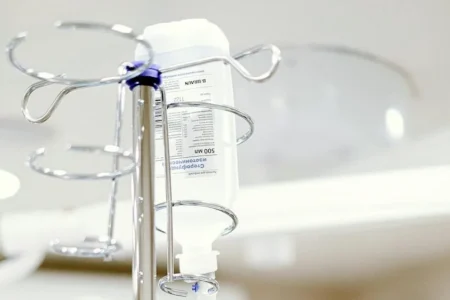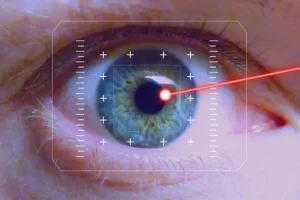Maximizing Efficiency and Patient Satisfaction: 5 Key Uses of a Medical Answering Service
- Updated on: Nov 22, 2024
- 3 min Read
- Published on Sep 19, 2023

1. Answering Service Is Used for 24/7 Availability and Appointment Scheduling
One of the most critical aspects of patient care is ensuring that medical services are accessible when needed. A medical answering service in the USA provides a round-the-clock solution for appointment scheduling and inquiries. Patients can call at any time, even outside regular office hours, to schedule appointments, inquire about services, or seek guidance on medical concerns. This accessibility caters to patients’ busy schedules and reduces the frustration of encountering busy signals or voicemails during emergencies.
Moreover, 24/7 availability ensures that healthcare facilities can efficiently manage patient intake. Patients often have unpredictable schedules and may require medical attention at any time. Without a medical answering service in the USA, healthcare providers might miss out on valuable opportunities to serve patients who can’t make appointments during regular office hours.
2. Answering Service Is Used for Efficient Call Routing and Triage
Effective call routing and triage are essential in a healthcare setting to ensure that calls are promptly directed to the right department or medical professional. Medical answering services utilize advanced algorithms and protocols to assess the urgency of calls. Urgent calls can be immediately directed to on-call physicians, while routine inquiries can be managed efficiently without disturbing medical staff unnecessarily. This process helps in prioritizing critical cases and preventing bottlenecks in communication.
Furthermore, medical answering services are well-equipped to handle specialized call routing. For example, they can route calls to specific departments like radiology, cardiology, or pediatrics, ensuring that patients are connected with professionals with the expertise to address their concerns. This specialization significantly contributes to streamlining healthcare operations and improving patient experience.
3. Answering Service Is Used to Improve Patient Follow-Up and Engagement
Patient follow-up is crucial in healthcare, especially for post-operative care, chronic disease management, and preventive health measures. Medical answering services can play a vital role in this area by ensuring that patients receive timely reminders for appointments, medication schedules, and diagnostic tests. Moreover, they can engage with patients to gather feedback, monitor their progress, and address concerns, enhancing patient engagement and satisfaction.
Patient engagement is a key factor in achieving positive health outcomes. When patients feel connected to their healthcare providers, they are more likely to adhere to treatment plans and follow through with recommended lifestyle changes. Medical answering services provide a proactive approach to patient engagement by reaching out to patients and ensuring they remain on track with their healthcare journey.
4. Answering Service Is Used for Handling Emergencies and On-Call Support

Medical emergencies can happen anytime, and a reliable system for handling them is essential. Medical answering services can act as a first point of contact for emergencies, rapidly connecting patients with on-call medical professionals. This ensures that urgent medical attention is provided without delay. Additionally, these services can assist in coordinating hospital admissions, contacting family members, and facilitating a smooth transition of care during critical situations.
The role of medical answering services in emergencies extends beyond simply connecting calls. They are trained to handle high-stress situations with professionalism and empathy. This can be particularly comforting to patients and their families during times of crisis. Furthermore, the ability to coordinate various aspects of emergency care, such as ambulance dispatch and hospital admission, streamlines the entire process and reduces the burden on healthcare providers.
5. Answering Service Is Used for Language and Cultural Sensitivity
In today’s diverse healthcare landscape, language, and cultural barriers can hinder effective communication between patients and healthcare providers. Medical answering services often offer multilingual support, ensuring patients from various linguistic backgrounds can receive care without misunderstandings or miscommunication. This promotes a more inclusive and patient-centered approach to healthcare.
Language and cultural sensitivity are essential components of patient-centered care. When patients can communicate in their preferred language and feel understood and respected regarding their cultural background, it enhances their healthcare experience. Medical answering services that offer multilingual support ensure that language is not a barrier to accessing quality healthcare services.
Conclusion
A medical answering service is a versatile tool that can significantly impact the efficiency and patient satisfaction levels in healthcare settings. By offering 24/7 availability, efficient call routing, patient follow-up, emergency support, and language/cultural sensitivity, these services enhance the overall patient experience while allowing medical professionals to focus on delivering high-quality care.
As the healthcare industry evolves, embracing technology and services like medical answering can be a strategic move to ensure that patient care remains at the forefront of medical practice. With the ever-increasing demands on healthcare providers and the importance of patient satisfaction, medical answering services have emerged as a vital ally in delivering quality care.












